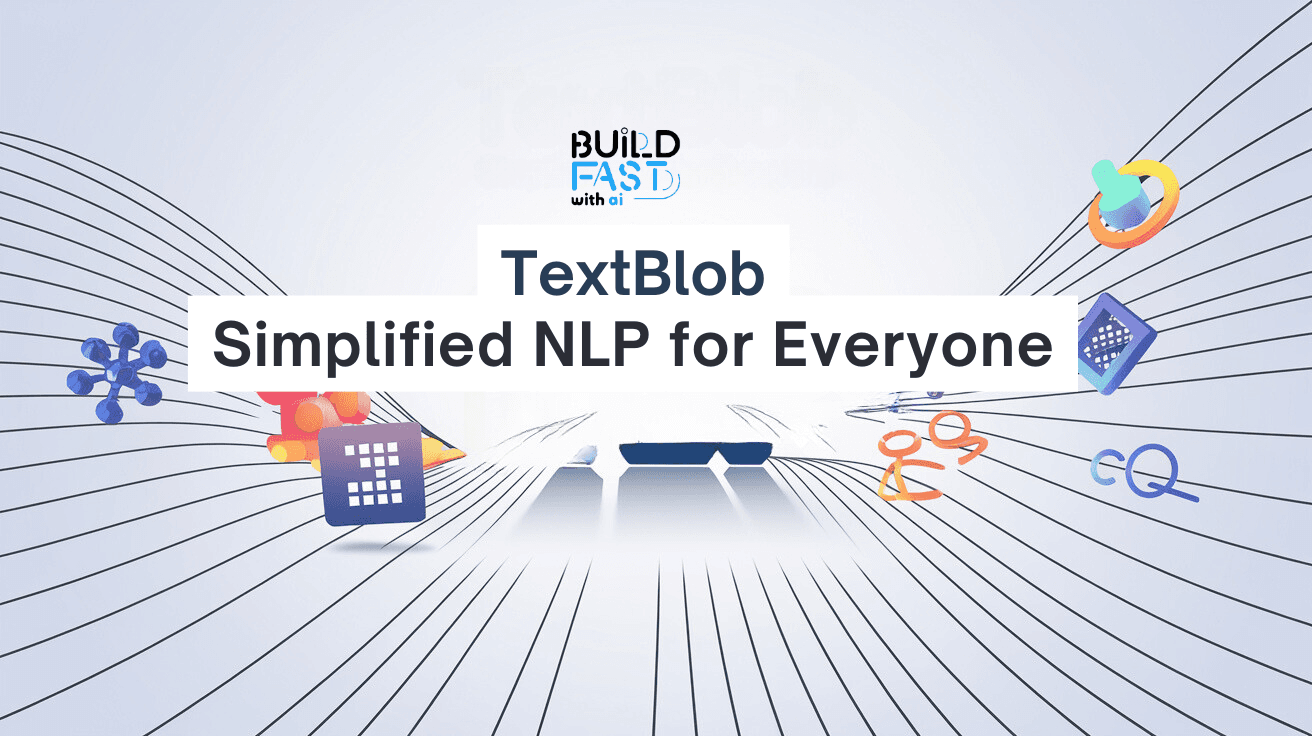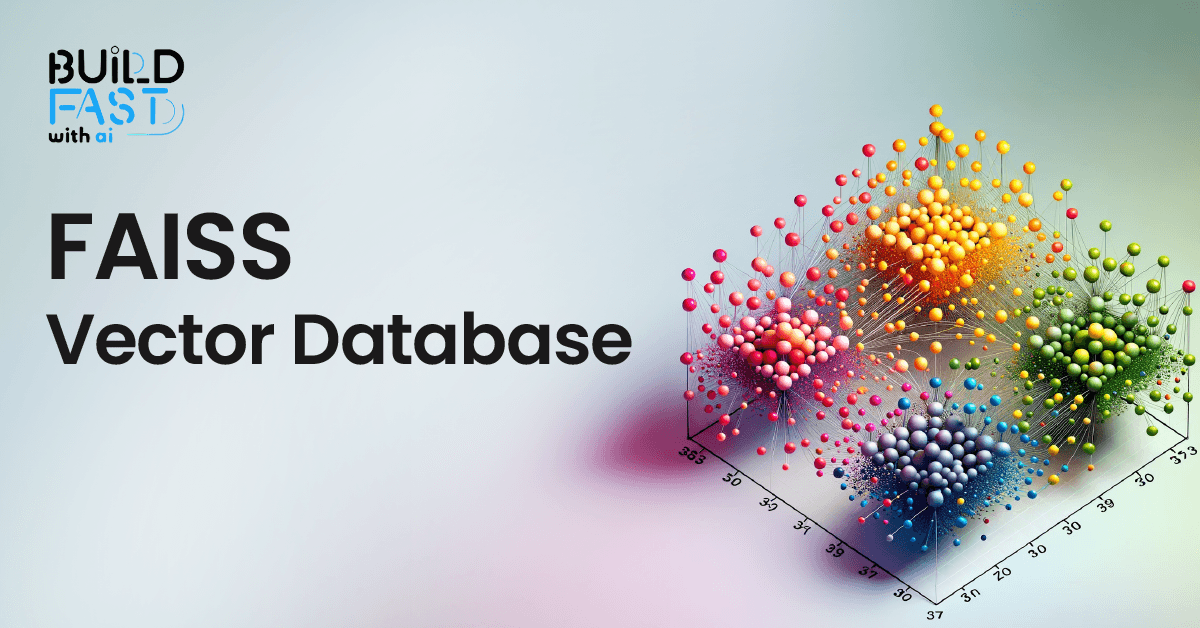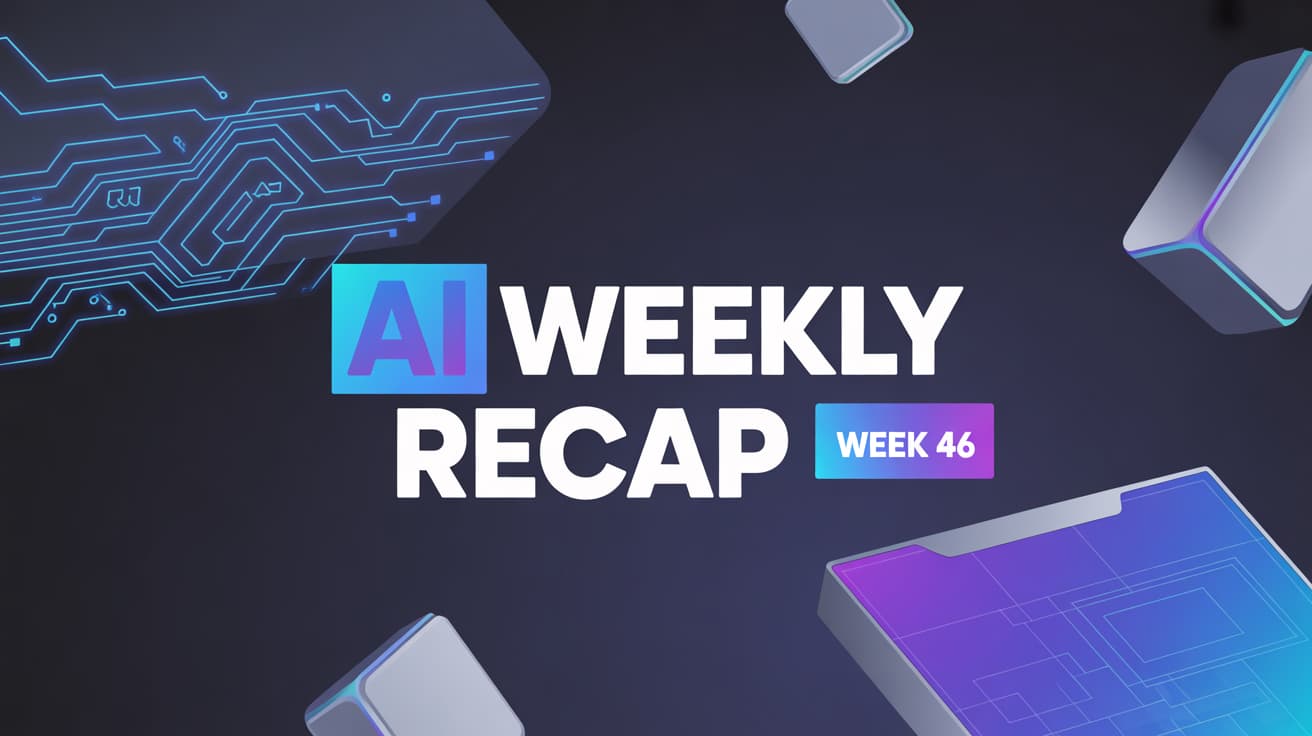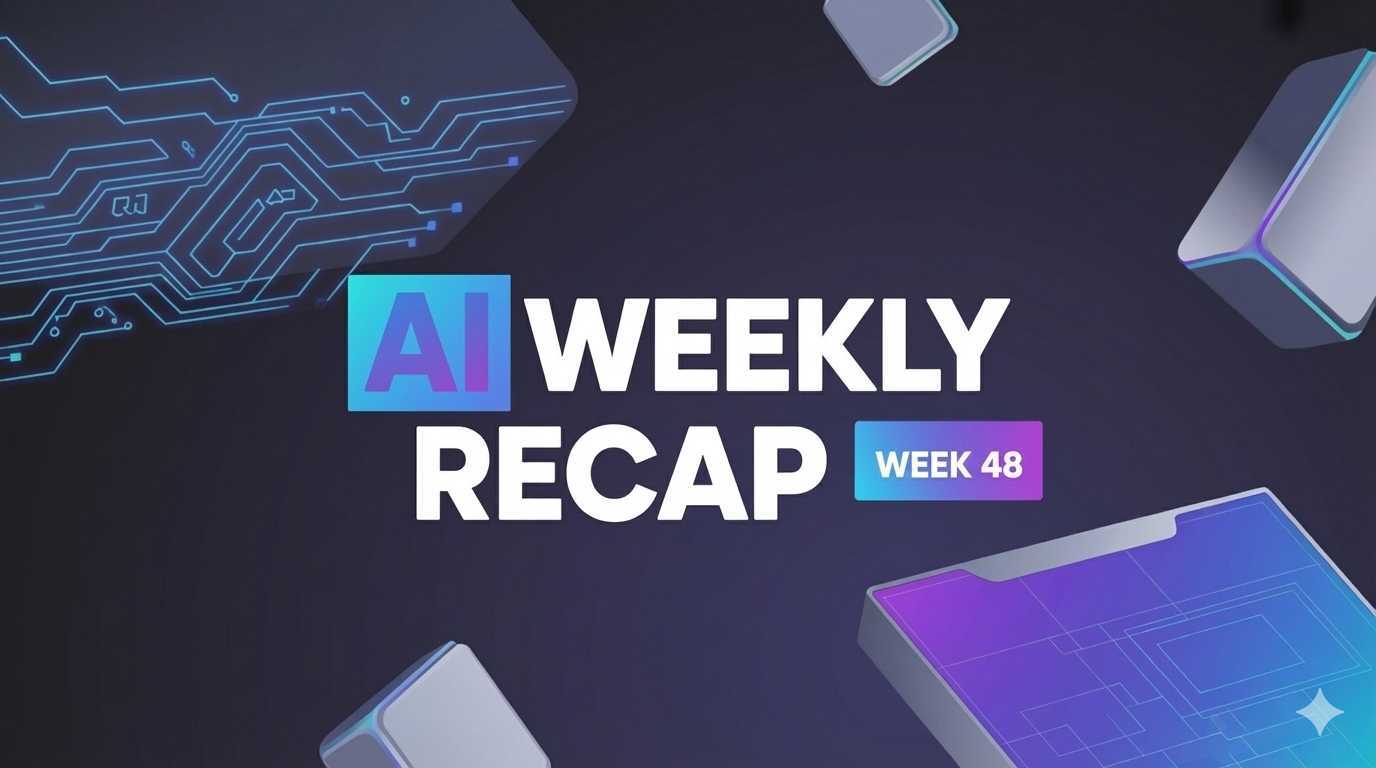TextBlob: Simplified NLP for Everyone
TextBlob is a Python library that simplifies NLP tasks such as text preprocessing, sentiment analysis, and translation. With an intuitive API, it offers features like tokenization, spelling correction, and language detection, making it ideal for both beginners and professionals.

What if Your Next Big Idea Could Revolutionize the AI Landscape Forever?
Be part of Gen AI Launch Pad 2024 and bring your vision to life. This is your chance to innovate, inspire, and lead the charge in a world of endless possibilities.
Introduction
In today’s data-driven world, Natural Language Processing (NLP) has become a cornerstone for understanding and analyzing textual data. Whether it's sentiment analysis for product reviews, translating content into multiple languages, or preprocessing text for machine learning models, NLP tools play a crucial role. However, diving into NLP can often feel overwhelming, especially for those new to programming or data science. Enter TextBlob, a Python library designed to make NLP simple and accessible for everyone.
What is TextBlob?
TextBlob provides an intuitive API that allows users to perform complex NLP tasks with minimal effort. From text preprocessing to sentiment analysis, translation, and even text classification, TextBlob streamlines the process. It is built on top of the Natural Language Toolkit (NLTK), ensuring robustness while maintaining simplicity.
In this blog, we’ll explore how to use TextBlob for various NLP tasks, step by step, while explaining every detail to ensure you not only understand how it works but also when to use it in real-world applications. By the end of this post, you’ll have a comprehensive understanding of TextBlob’s capabilities and its practical use cases.
Getting Started with TextBlob
Installation
Before diving into its functionalities, you’ll need to install TextBlob. Here’s how you can set it up:
!pip install -q textblob !python -m textblob.download_corpora
Explanation:
- The
pip install textblobcommand installs the library from the Python Package Index (PyPI). - The
download_corporacommand downloads necessary NLTK datasets likepunktandwordnet. These datasets are essential for tasks like tokenization and lemmatization.
If you’re using Jupyter Notebook or Google Colab, make sure to use the exclamation mark (!) to run these commands directly in your environment.
First Steps with TextBlob
Let’s begin with creating a simple TextBlob object:
from textblob import TextBlob
blob = TextBlob("TextBlob makes working with text easy and fun.")
print(blob)
Expected Output:
TextBlob makes working with text easy and fun.
Here, TextBlob is initialized with a string. This forms the foundation for applying TextBlob’s powerful NLP methods.
Text Preprocessing with TextBlob
Text preprocessing is often the first step in NLP pipelines. It involves cleaning and structuring raw text to make it suitable for analysis. TextBlob provides several utilities for preprocessing, including tokenization, n-grams, and spelling correction.
Tokenization
Tokenization breaks down text into smaller units like words or sentences.
print(blob.words) print(blob.sentences)
Expected Output:
['TextBlob', 'makes', 'working', 'with', 'text', 'easy', 'and', 'fun']
[Sentence("TextBlob makes working with text easy and fun.")]
Explanation:
blob.wordsextracts individual words.blob.sentencessplits the text into sentences, each represented as aSentenceobject.
Real-World Application: Tokenization is used in search engines to match keywords, or in chatbots to understand user queries.
N-grams
N-grams are contiguous sequences of n items (words or characters) from the text.
print(blob.ngrams(n=2))
Expected Output:
[['TextBlob', 'makes'], ['makes', 'working'], ['working', 'with'], ['with', 'text'], ['text', 'easy'], ['easy', 'and'], ['and', 'fun']]
Explanation:
Here, bigrams (2-grams) are generated. N-grams are useful in predictive text models, where the likelihood of the next word is calculated based on preceding words.
Spelling Correction
Typos and misspelled words can significantly affect text analysis. TextBlob’s built-in spell-checker can automatically correct such errors.
blob_with_errors = TextBlob("I lovvve NLP")
print(blob_with_errors.correct())
Expected Output:
I love NLP
Explanation:
This feature is powered by a probabilistic spelling correction model. It’s particularly useful in preprocessing user-generated content like tweets or reviews.
Sentiment Analysis
One of TextBlob’s standout features is its ability to analyze sentiment. Each piece of text is scored for polarity (how positive or negative it is) and subjectivity (how opinion-based it is).
blob_sentiment = TextBlob("I am thrilled about learning TextBlob! It’s fantastic.")
print(blob_sentiment.sentiment)
Expected Output:
Sentiment(polarity=0.8, subjectivity=0.75)
Explanation:
- Polarity: Ranges from -1 (negative) to 1 (positive).
- Subjectivity: Ranges from 0 (objective) to 1 (subjective).
Real-World Application: Sentiment analysis is commonly used in social media monitoring, customer feedback analysis, and product review summarization.
Translation and Language Detection
TextBlob supports translation between multiple languages and automatic language detection using Google’s Translate API.
Translation
blob_translation = TextBlob("Bonjour tout le monde")
print(blob_translation.translate(to='en'))
Expected Output:
Hello everyone
Language Detection
print(blob_translation.detect_language())
Expected Output:
fr
Explanation:
- The
translatemethod detects the source language and translates it into the specified target language. detect_languageidentifies the language code (e.g.,frfor French).
Real-World Application: These features are invaluable for global businesses and content creators managing multilingual audiences.
Text Classification
TextBlob includes a Naive Bayes classifier for text categorization. While this feature requires training data, it’s highly effective for tasks like spam detection or topic classification.
Example Code
from textblob.classifiers import NaiveBayesClassifier
train = [
('I love this product!', 'positive'),
('This is the worst thing I’ve bought.', 'negative'),
('Absolutely fantastic!', 'positive'),
('Not worth the money.', 'negative')
]
classifier = NaiveBayesClassifier(train)
print(classifier.classify("I adore it!"))
Expected Output:
positive
Explanation:
Naive Bayes is a probabilistic classifier based on Bayes’ theorem. It’s simple yet effective for many text classification tasks.
Real-World Application: Used in email filtering, sentiment tagging, and recommendation systems.
Conclusion
TextBlob is a powerful yet easy-to-use library that simplifies many NLP tasks. From preprocessing to sentiment analysis, it caters to both beginners and professionals. Its clean API and rich feature set make it an excellent choice for building NLP applications quickly.
Whether you’re a data scientist exploring text data, a developer building a chatbot, or a beginner learning NLP, TextBlob provides a solid foundation to get started. The examples and explanations in this blog should empower you to harness its capabilities effectively.
Resources
- TextBlob Official Documentation
- NLTK Official Documentation
- TextBlob GitHub Repository
- TextBlob: Simplified NLP for Everyone Build Fast with AI NoteBook
---------------------------------
Stay Updated:- Follow Build Fast with AI pages for all the latest AI updates and resources.
Experts predict 2025 will be the defining year for Gen AI implementation.Want to be ahead of the curve?
Join Build Fast with AI’s Gen AI Launch Pad 2025 - your accelerated path to mastering AI tools and building revolutionary applications.
AI That Keeps You Ahead
Get the latest AI insights, tools, and frameworks delivered to your inbox. Join builders who stay ahead of the curve.
You Might Also Like

How FAISS is Revolutionizing Vector Search: Everything You Need to Know
Discover FAISS, the ultimate library for fast similarity search and clustering of dense vectors! This in-depth guide covers setup, vector stores, document management, similarity search, and real-world applications. Master FAISS to build scalable, AI-powered search systems efficiently! 🚀

7 AI Tools That Changed Development (November 2025)
Week 46's top AI releases: GPT-5.1 runs 2-3x faster, Marble creates 3D worlds, Scribe v2 hits 150ms transcription. Discover all 7 breakthrough tools.

7 AI Tools That Changed Development (December 2025 Guide)
7 AI tools reshaping development: Google Workspace Studio, DeepSeek V3.2, Gemini 3 Deep Think, Kling 2.6, FLUX.2, Mistral 3, and Runway Gen-4.5.

